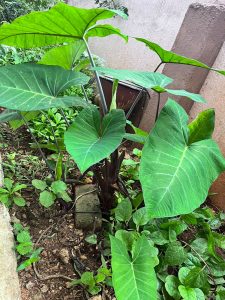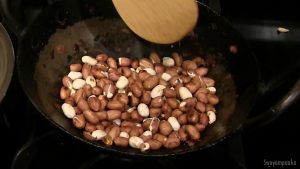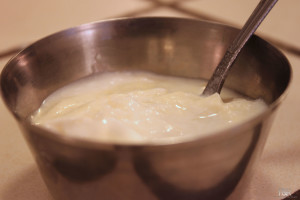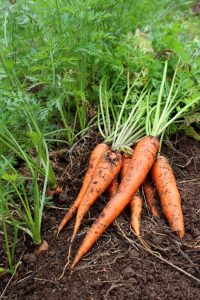Colocasia, commonly known as taro, is a tropical plant that belongs to the Araceae family. It is prized for its starchy corms (underground stems) and large, heart-shaped leaves. The corms are a significant source of nutrition in many cultures and can be cooked in various ways. The leaves, often referred to as taro leaves or elephant ear leaves, are also utilized in cooking after proper preparation to remove oxalates. With a rich history in traditional cuisines and cultural practices, colocasia holds both culinary and symbolic significance in different parts of the world.
Colocasia leaves, commonly known as taro leaves or elephant ear leaves, are widely used in various cuisines around the world, particularly in tropical and subtropical regions. They offer several nutritional and culinary benefits. Here are some of the benefits of colocasia leaves:
- Nutrient Rich:
Colocasia leaves are a good source of essential nutrients, including vitamins, minerals, and dietary fiber. They contain vitamins A, C, and E, along with important minerals like calcium, iron, magnesium, and potassium. - Dietary Fiber:
These leaves are rich in dietary fiber, which aids in digestion and promotes a healthy gut. Fiber can help prevent constipation and regulate bowel movements. - Antioxidants:
Colocasia leaves contain various antioxidants, such as beta-carotene and vitamin C, which help neutralize harmful free radicals in the body and may contribute to overall health. - Iron Content:
Iron is essential for maintaining healthy blood circulation and preventing anemia. Colocasia leaves provide a decent amount of iron, which can be beneficial for individuals at risk of iron deficiency. - Vitamin A:
The leaves are a good source of vitamin A, which is important for maintaining healthy vision, immune function, and skin health. - Cooking Ingredient:
Colocasia leaves are used in cooking to wrap and prepare various dishes. They are often used to make traditional dishes like patrode/ Patra (a snack in Indian cuisine), Lu’au (a Hawaiian dish), and Palusami (a dish from Samoa and other Pacific Islands). - Cultural Significance:
In many cultures, colocasia leaves are an integral part of traditional cuisines. They have cultural significance and are used in various rituals and celebrations. - Low in Calories:
Colocasia leaves are relatively low in calories, making them a good option for those looking to manage their calorie intake. - Amino Acids:
These leaves contain essential amino acids, which are the building blocks of proteins. Incorporating them into your diet can contribute to meeting your protein needs, especially for vegetarians. - Medicinal Uses:
In some traditional medicine practices, colocasia leaves are believed to have medicinal properties. They are used in poultices to soothe skin irritations and may have anti-inflammatory effects.
It’s important to note that while colocasia leaves offer several benefits, they should be prepared and cooked properly before consumption. Raw colocasia leaves and stems contain calcium oxalate crystals, which can cause irritation to the mouth and throat if ingested. Cooking or blanching the leaves can help to break down these crystals and make them safe for consumption.
As with any food, individual dietary needs and potential allergies should be taken into consideration before incorporating colocasia leaves into your diet. If you’re interested in using colocasia leaves in your cooking, it’s a good idea to learn about proper preparation and cooking methods from trusted sources.
Recipe using colocasia leaves:
Patrode Oggarane Recipe, How to make Patrode



